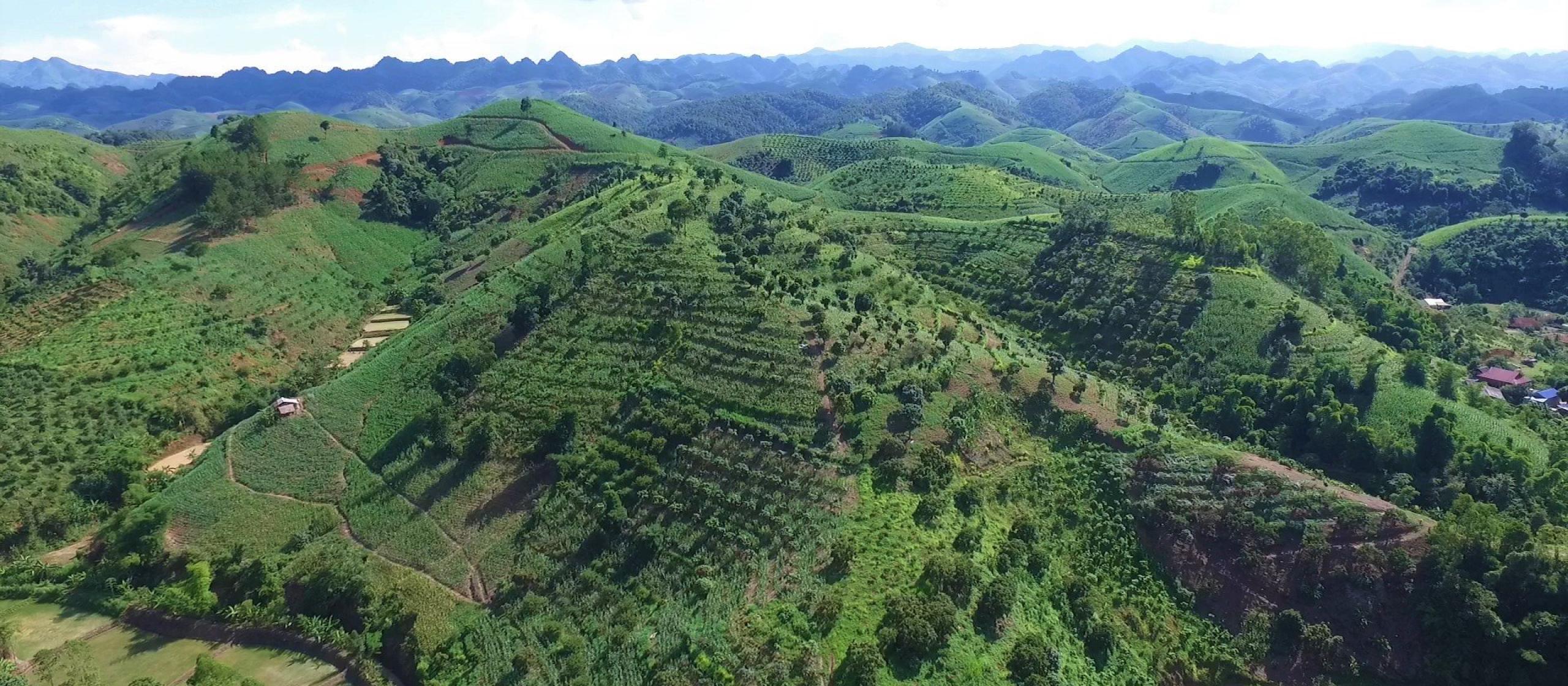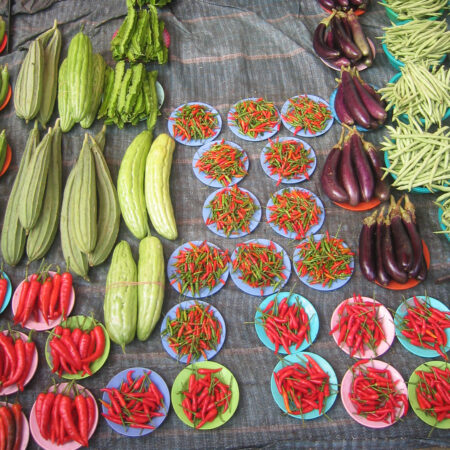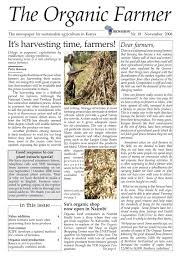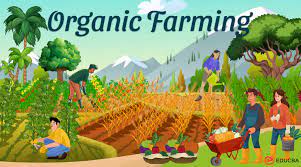
As the world’s population continues to grow, the demand for food is increasing rapidly. However, traditional agricultural practices are often unsustainable and can lead to environmental degradation, soil erosion, and other negative impacts. That’s where agroforestry comes in – a sustainable and innovative farming practice that combines trees with crops and/or livestock to create a productive and environmentally friendly ecosystem.
What is Agroforestry?
Agroforestry is a farming system that integrates trees, crops, and/or livestock to create a sustainable and productive agricultural ecosystem. By combining different elements of agriculture, agroforestry can provide multiple benefits such as improving soil quality, increasing crop yields, reducing erosion, enhancing biodiversity, and sequestering carbon.
Types of Agroforestry Systems
There are several types of agroforestry systems that farmers can use depending on their goals, the landscape, and the climate. Here are some of the most common types of agroforestry systems:
- Silvopasture: This system integrates trees, forage crops, and livestock to create a sustainable grazing system that benefits both the animals and the environment.
- Alley Cropping: This system combines rows of trees with crops grown in the alleyways between the trees. This method can improve soil quality, reduce erosion, and increase crop yields.
- Forest Farming: This system mimics a natural forest ecosystem, with crops grown in the understory beneath the trees. This system is great for growing non-timber forest products like mushrooms, fruits, and medicinal plants.
- Windbreaks: This system involves planting rows of trees or shrubs around fields to protect crops from wind erosion and to create microclimates that can extend the growing season.
Benefits of Agroforestry
There are many benefits to using agroforestry practices, both for the environment and for farmers. Here are just a few of the benefits:
- Soil Health: Agroforestry practices can improve soil health by reducing erosion, increasing soil organic matter, and improving soil structure.
- Biodiversity: Agroforestry practices can enhance biodiversity by creating habitats for wildlife, preserving natural landscapes, and providing food and shelter for insects and birds.
- Climate Change Mitigation: Agroforestry practices can help mitigate climate change by sequestering carbon in the soil and in trees, reducing greenhouse gas emissions, and reducing the need for fossil fuel inputs.
- Economic Benefits: Agroforestry practices can provide economic benefits to farmers by increasing crop yields, reducing input costs, and creating new income streams through the production of non-timber forest products.
Getting Started with Agroforestry
If you’re interested in starting an agroforestry system on your farm or land, there are several steps you can take to get started:
- Assess your landscape and soil: Determine what type of agroforestry system would work best on your land by assessing the landscape, soil, and climate.
- Choose your crops and trees: Select the crops and trees that you want to grow based on your goals and the growing conditions on your land.
- Prepare the soil: Prepare the soil by incorporating organic matter, fertilizers, and other soil amendments to create a healthy growing environment.
- Plant your trees and crops: Plant your trees and crops according to your chosen agroforestry system, taking care to space them appropriately and provide adequate water and nutrients.
In Conclusion
Agroforestry is a sustainable and innovative farming practice that offers numerous benefits to the environment and to farmers. By combining trees with crops and/or livestock, farmers can create a productive and environmentally friendly agricultural ecosystem that can help feed the growing global population while preserving natural resources.









